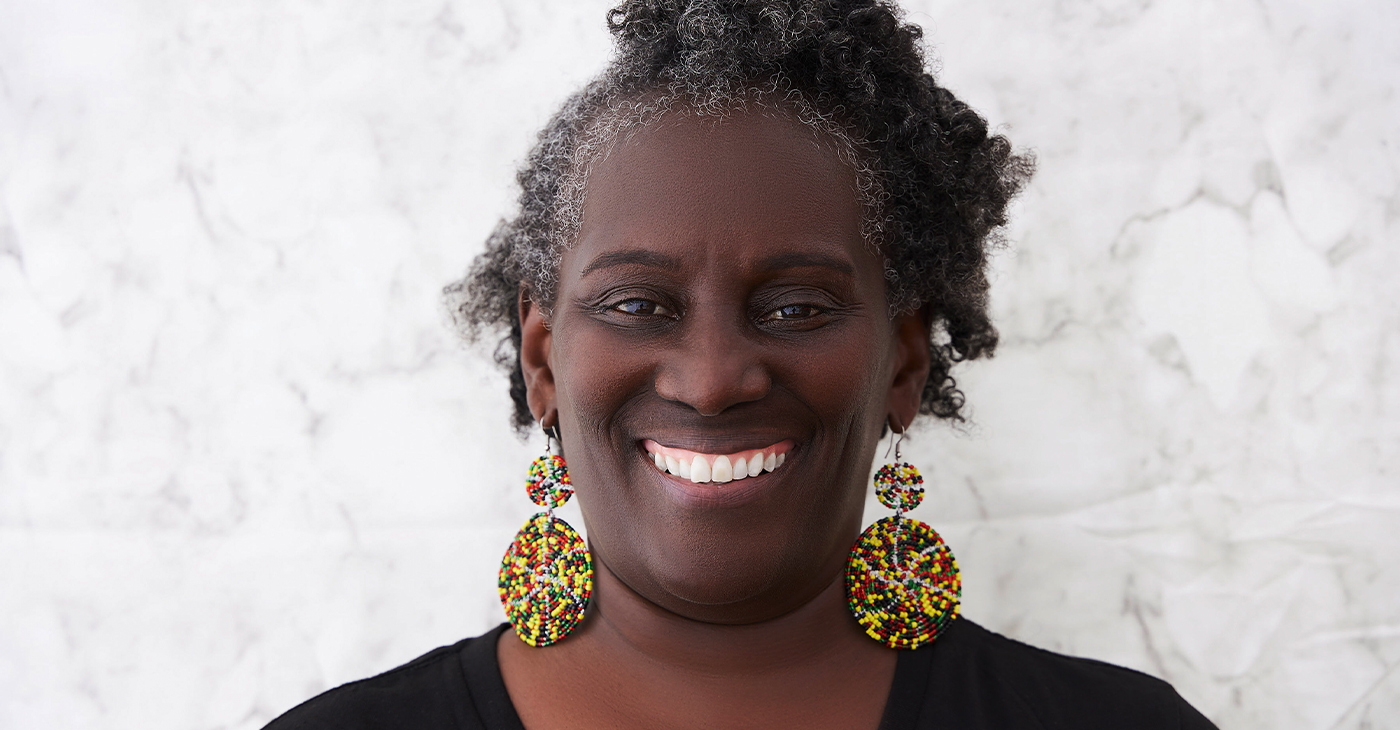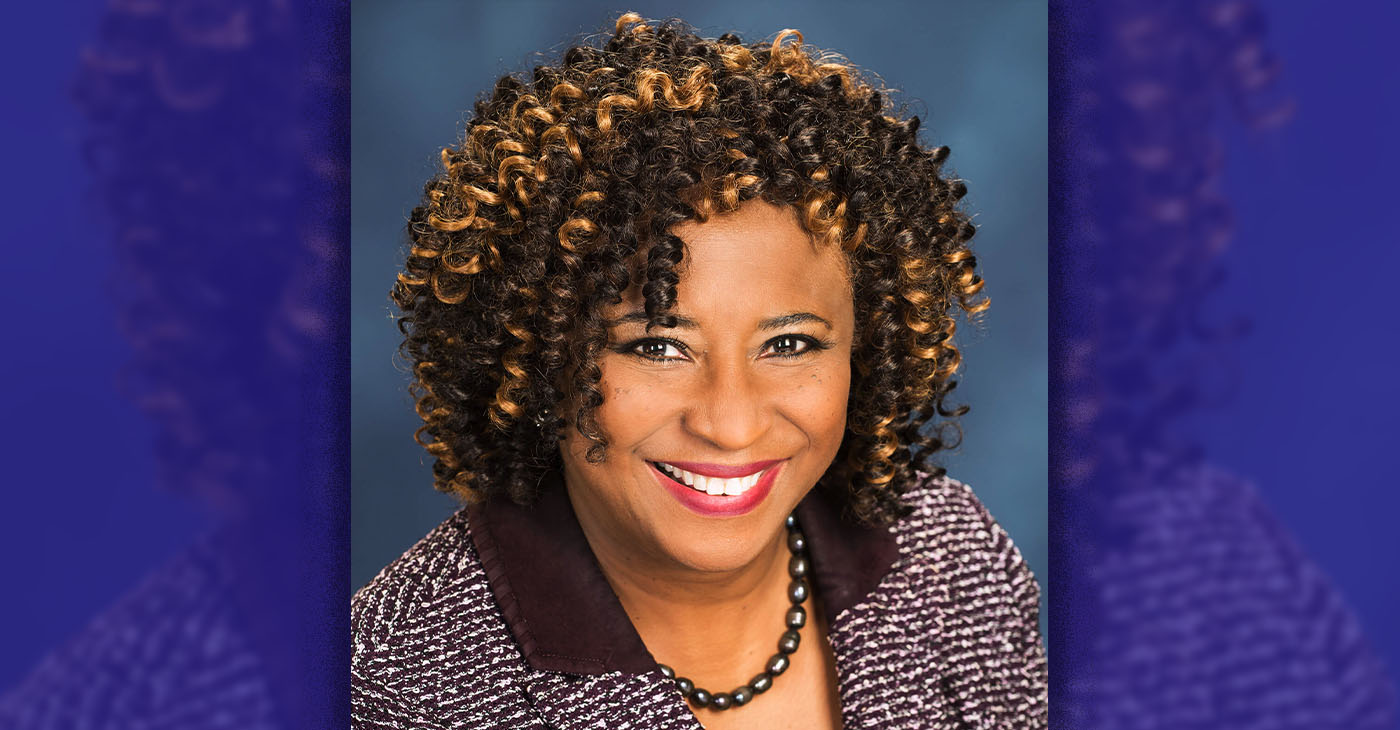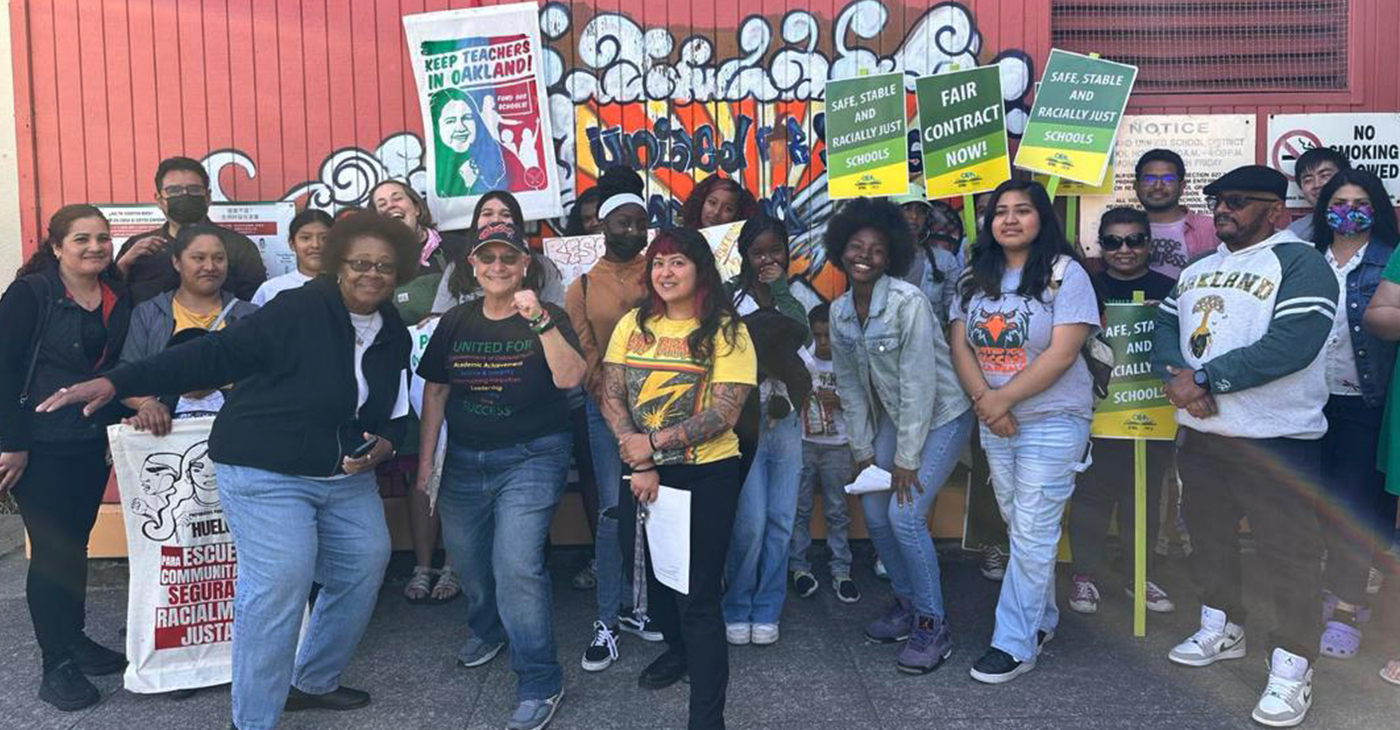Uncategorized
Can a Black Girl Be the Next Steve Jobs?

Participants learn basic html with Black Girls Code’s Summer of Code in San Francisco on July 28, 2012. All Photos by Julianne Hing
Tuesday, July 31 2012, 9:48 AM EST Tags: BlackGirlsCode, Science, Technology, Teens
Aita Zulu, on her first try and on her first day with computer programming, made a website. And then a day later and on her own, she made a second.
Zulu whipped up her first website, with simple blue text, a yellow background and an embedded YouTube video teaching people how to compost, as a student with Black Girls Code, an Oakland-based non-profit educational initiative to introduce girls of color to the world of computers and technology.
It was her first time taking part in the organization’s trainings. Zulu, an 11-year-old who lives in Alameda with her parents and seven siblings, was at Black Girls Code’s San Francisco training with her younger sister Keikilani this Saturday as part of the organization’s Summer of Code series to teach black girls aged 7 to 17 how to build a website in a day. In just a year and a half, Black Girls Code has already reached hundreds of youth. On Saturday, the 55 girls in San Francisco were joined by over a hundred girls in Chicago and Atlanta taking part in identical workshops.
Zulu’s second website she made on her own, because she wanted to. It’s another iteration of her earlier effort, which includes step-by-step composting directions, in red, green and black text, with photos, video and links. There’s even a Michael Jackson video to watch. “I didn’t think it would go well. I thought it was going to be a lot more complicated, but [Black Girls Code instructors] explained it really thoroughly,” Zulu said of her first foray into coding. “It turned out to be kinda easy.”
That’s exactly the kind of confidence Black Girls Code founder Kimberly Bryant wants girls of color to come away from the workshops with. “I want these girls to be the next Mark Zuckerberg, the next Steve Jobs, and be the women that are creating and building positions of leadership in tech,” she said. If Zulu’s quick gains are any indication, the young organization is well on its way to meeting its goal. But increasingly, encouraging girls of color to jump into the world of technology is not just about increasing corporate diversity. It’s also a matter of equity, and an absolute economic urgency.
 Aita Zulu, far right, in Black Girls Code’s San Francisco training at ThoughtWorks.
Aita Zulu, far right, in Black Girls Code’s San Francisco training at ThoughtWorks.
Too Pretty To Do Math
Twenty years ago, Barbie uttered those now-infamous words: “Math class is tough!” Just last year, teen retailer Forever 21 apologized to an outraged public for selling a t-shirt emblazoned with the words: “Allergic to Algebra.” It was to be just one of such offenses that year.
In that same span of time, the number of women majoring in computer science in college has actually declined, even as the numbers of women majoring in other science fields like biology and chemistry has reached near parity with their male classmates.
The decline is due in part to the stubborn cultural myth that, as Barbie says, math class is just too tough for girls. These ideas are communicated and internalized from long before birth, said Cordelia Fine, an associate professor of psychology at the University of Melbourne. “Gender is absolutely primary: it is the first thing we want to know about a newcomer to the world—‘Is it a boy or a girl?’ … and as a social division it is emphasized ceaselessly.” When people are reminded of their gender, “even subtly,” Fine said, it can influence people’s behavior and perceptions of themselves and even change their abilities.
But in the 1980s, something else happened. The birth of the personal computer was accompanied by the rise of the image of the much reviled computer nerd, the cultural icon of programmer as obsessive video-game playing, energy drink-guzzling, personal hygiene-eschewing dude. Girls think of the field and the attached image of its most visible members and run the other way, said Sapna Cheryan, a professor of psychology who researches the power of stereotypes at the University of Washington.
And yet, back in 1967 Cosmopolitan magazine hailed computer programming as an ideal line of work for women. “It’s just like planning a dinner,” Grace Hopper, the female computer science pioneer, told the women’s magazine. In 1984 women were 37 percent of those receiving computer science degrees, in no small part due to the efforts of people like Hopper. But by 2009, women were just 23 percent of those graduating with computer science degrees.
The numbers keep tumbling downward with every progressive step up the educational ladder and toward professional life. In 2009, black, Latina, and Native American women made up roughly five percent of new computer science degree graduates that year. These days, just one in ten people working in science and tech fields are women of color.
Black male and female engineers and programmers interviewed for this article described a professional existence that’s not so much rarefied as it is isolated. “At this point I’m used to it, because the further and further you go there are less and less women,” said Kamilah Taylor, a software engineer at LinkedIn. “You get used to being in an environment that’s mostly male.”
Taylor, who got her masters in computer science at University of Illinois at Urbana-Champaign, said she wasn’t completely sure, but was confident she was one of the only black female software engineers at the company. “And that’s not just about them. That’s the whole tech industry. There’s not a lot of us as it is.”
 Keikilani Zulu, right, learns basic coding with Black Girls Code in San Francisco.
Keikilani Zulu, right, learns basic coding with Black Girls Code in San Francisco.
Many now consider Black Girls Code as educational initiatives in the short-term, and economic justice initiatives for communities of color in the long-term. Not only have those in so-called STEM (science, technology, engineering and math) fields weathered the recession better than those out of it, STEM field jobs pay much better than jobs outside of it. As it is, women working in STEM fields make 29 percent more than their non-STEM field female counterparts. What’s more, the gender pay gap in STEM fields is smaller than the pay gap between women and men in non-STEM fields.
It’s an economic equation that the country can’t afford to ignore, say experts. “These days, the middle class must be technically trained, and if black folks are going to be part of the middle class they must be technically trained,” said Carl Mack, executive director of the National Society for Black Engineers, which also organizes summer science programs targeted at black youth.
“There’s a big gap between how many computer scientists we’re training and how many we have a demand for,” said Cheryan. “In part I think the reason for the gap is because we’re not attracting enough diversity, when at least half the population is systematically not feeling like they want to be in the field.”
Taylor was volunteering for the day at Black Girls Code after helping out with prior trainings. She said she came back because she was struck by how “amazing” the girls’ website ideas were. “They could apply for funding to build a company off of their ideas,” she said. “And they don’t have any hangups about things yet.”
 Black Girls Code students discuss their website ideas with volunteer Kamilah Taylor, right.
Black Girls Code students discuss their website ideas with volunteer Kamilah Taylor, right.
Indeed, in the Black Girls Code classroom 9 through 11-year-olds, girls listened attentively, and answered questions eagerly. With every invitation to participate, when asked to identify the logos for different web browsers or identify the image tags on a page, students shot their arms straight into the air, their bodies squirming in their chairs as they struggled to inch their hands ever skyward.
It’s that curiosity and excitement that Bryant wants to help nurture before girls reach middle and high school. Bryant hopes to host Black Girls Code trainings before the summer’s over in New York, Detroit, Los Angeles, Las Vegas and St. Louis.
“Those subliminal and outright messages that girls are not meant to do math were absolutely there throughout my educational career,” said Bryant, who’s worked for over 15 years as an electrical engineer. “I used other tools to block out that noise and keep moving forward. That’s my focus now, blocking that noise out and showing girls they can do these technical topics.”
 Black Girls Code students learn to identify various tags on a webpage
Black Girls Code students learn to identify various tags on a webpage
Technology As the Great Equalizer?
But it’s more than just pervasive cultural stereotypes stymieing girls and kids of color. Students of color are more likely than their white peers to live in low-income neighborhoods with schools which offer fewer educational opportunities to explore the whats, whys and hows of computers and technology for themselves. In those schools, computer science offerings are more likely to focus on rudimentary skills like how to surf the Internet and how to type, whereas high schools which offer AP Computer Science are more likely to be located in wealthier, whiter neighborhoods, said Jane Margolis, a UCLA researcher who looked at exactly how this issue plays out in Los Angeles schools.
“The learning opportunities around computer science are really minimal in schools with high numbers of kids of color,” she said.
 Black Girls Code students learned how to code a basic website in a day at ThoughtWorks offices.
Black Girls Code students learned how to code a basic website in a day at ThoughtWorks offices.
Researchers found that even in a magnet Los Angeles high school with high concentrations of students of color and an AP Computer Science course offering, it was mostly white males who were enrolled in that class.
“It’s this phenomena we call preparatory privilege,” Margolis said, whose research is detailed in her book, “Stuck in the Shallow End: Education, Race and Computing.” “There’s this myth that [the Internet] is equally accessible to anyone, and not just the Internet but computers.” Margolis said that myth of equal access feeds a related fiction that those who end up in computer science are those who grew up with an “innate interest” in programming.
“But what we know is that kids who came from homes that had more resources, from parental knowledge, access to summer camps, the robotics kits, and the multiple computers at home, were doing this from a very young age. And they’d go to school and teachers would assume they had an innate interest, but in fact they had this preparatory privilege.”
Girls and youth of color are certainly using the internet, Margolis points out, “but they’re using it for communication, and that does not translate over to who is learning the computational thinking so they can create with technology.” It’s one thing to know how to drive a car, and quite another to know what you’re looking at when you pop open the hood of your car.
Aita Zulu, for her part, seemed as yet perfectly unencumbered by the prevailing stereotypes of who is and who isn’t fit to be a programmer. When asked if she had a particular image of what kind of person makes websites for a living, she said quickly, “No.”
“I think anybody can make a website. Because my little sister made a website, and she’s 7.”
 Black Girls Code students sketch their ideal websites’ wireframes.
Black Girls Code students sketch their ideal websites’ wireframes.
Arts and Culture
Rise East Project: Part 3
Between 1990 and 2020, Oakland lost nearly half of its Black population due to economic and social forces. East Oakland, once a middle-class community, is now home to mostly Black families living in poverty.

The Black Cultural Zone’s Pivotal Role in Rebuilding Oakland’s Black Community
By Tanya Dennis
Between 1990 and 2020, Oakland lost nearly half of its Black population due to economic and social forces. East Oakland, once a middle-class community, is now home to mostly Black families living in poverty.
In 2021, 314 Oakland residents died from COVID-19. More than 100 of them, or about 33.8%, were Black, a high rate of death as Blacks constitute only 22.8% of Oakland’s population.
This troubling fact did not go unnoticed by City and County agencies, and the public-at-large, ultimately leading to the development of several community organizations determined to combat what many deemed an existential threat to Oakland’s African American residents.
Eastside Arts Alliance had already proposed that a Black Cultural Zone be established in Deep East Oakland in 2010, but 2020’s COVID-19 pandemic galvanized the community.
Demanding Black legacy preservation, the Black Cultural Zone (BCZ) called for East Oakland to be made an “unapologetically Black” business, commercial, economic development community.
Established initially as a welcoming space for Black art and culture, BCZ emerged into a a community development collective, and acquired the Eastmont police substation in Eastmont Town Center from the City of Oakland in 2020.
Once there, BCZ immediately began combating the COVID-19 pandemic with drive-thru PPE distribution and food giveaways. BCZ’s Akoma Market program allowed businesses to sell their products and wares safely in a COVID-compliant space during the COVID-19 shutdown.
Currently, Akoma Market is operated twice a month at 73rd and Foothill Boulevard and Akoma vendors ‘pop up’ throughout the state at festivals and community-centered events like health fairs.
“Before BCZ existed, East Oakland was a very depressing place to live,” said Ari Curry, BCZ’s chief experience officer and a resident of East Oakland. “There was a sense of hopelessness and not being seen. BCZ allows us to be seen by bringing in the best of our culture and positive change into some of our most depressed areas.”
The culture zone innovates, incubates, informs, and elevates the Black community and centers it in arts and culture, Curry went on.
“With the mission to center ourselves unapologetically in arts, culture, and economics, BCZ allows us to design, resource, and build on collective power within our community for transformation,” Curry concluded.
As a part of Oakland Thrives, another community collective, BCZ began working to secure $100 million to develop a ‘40 by 40’ block area that runs from Seminary Avenue to the Oakland-San Leandro border and from MacArthur Boulevard to the Bay.
The project would come to be known as Rise East.
Carolyn Johnson, CEO of BCZ says, “Our mission is to build a vibrant legacy where we thrive economically, anchored in Black art and commerce. The power to do this is being realized with the Rise East Project.
“With collective power, we are pushing for good health and self-determination, which is true freedom,” Johnson says. “BCZ’s purpose is to innovate, to change something already established; to incubate, optimizing growth and development, and boost businesses’ economic growth with our programs; we inform as we serve as a trusted source of information for resources to help people; and most important, we elevate, promoting and boosting Black folks up higher with the services we deliver with excellence.
“Rise East powers our work in economics, Black health, education, and power building. Rise East is the way to get people to focus on what BCZ has been doing. The funding for the 40 by 40 Rise East project is funding the Black Culture Zone,” Johnson said.
Alameda County
Help Protect D.A. Pamela Price’s Victory
Alameda County District Attorney Pamela Price is asking supporters of the justice reform agenda that led her to victory last November to come to a Town Hall on public safety at Montclair Presbyterian Church on July 27.

By Post Staff
Alameda County District Attorney Pamela Price is asking supporters of the justice reform agenda that led her to victory last November to come to a Town Hall on public safety at Montclair Presbyterian Church on July 27.
Price is facing a possible recall election just six months into her term by civic and business interests, some of whom will be at the in-person meeting from 6:00-9:00 p.m. at 5701 Thornhill Dr. in Oakland.
“We know that opponents of criminal justice reform plan to attend this meeting and use it as a forum against the policies that Alameda County voters mandated DA Price to deliver. We cannot let them succeed,” her campaign team’s email appeal said.
“That’s why I’m asking you to join us at the town hall,” the email continued. “We need to show up in force and make sure that our voices are heard.”
Price’s campaign is also seeking donations to fight the effort to have her recalled.
Her history-making election as the first African American woman to hold the office had been a surprise to insiders who had expected that Terry Wiley, who served as assistant district attorney under outgoing D.A. Nancy O’Malley, would win.
Price campaigned as a progressive, making it clear to voters that she wanted to curb both pretrial detention and life-without-parole sentences among other things. She won, taking 53% of the vote.
Almost immediately, Price was challenged by some media outlets as well as business and civic groups who alleged, as she began to fulfill those campaign promises, that she was soft on crime.
On July 11, the recall committee called Save Alameda for Everyone (S.A.F.E.) filed paperwork with the county elections office to begin raising money for the next step toward Price’s ouster: gathering signatures of at least 10% of the electorate.
S.A.F.E. has its work cut out for them, but Price needs to be prepared to fight them to keep her office.
In a separate sponsored letter to voters, Price supporters wrote:
“We know that you supported DA Price because you believe in her vision for a more just and equitable Alameda County. We hope you share our belief that our criminal justice system has to be fair to everyone, regardless of their race, gender, ethnicity, religion, or socioeconomic status.
“The Republican-endorsed effort is a blatant attempt to overturn the will of the voters and a waste of time and money. It is an attempt to silence the voices of those who want real justice. We cannot let these election deniers succeed.
“Will you make a donation today to help us protect the win?
“Please watch this video and share it with your friends and family. We need to stand up to the sore losers and protect the win. Together, we can continue to make Alameda County a more just, safe and equitable place for everyone.”
For more information, go to the website: pamelaprice4da.com
or send an e-mail to info@pamelaprice4da.com
Bay Area
Oakland Teachers Walk Out
After negotiating late into the night and months of fruitless bargaining with the Oakland Unified School District, Oakland teachers went out on strike Thursday morning. “Our (50-member) bargaining team has been working for seven months working, making meaningful proposals that will strengthen our schools for our students,” said Oakland Education Association (OEA) Interim President Ismael “Ish” Armendariz, speaking at press conference Monday afternoon.

OEA calls unfair labor practices strike after 7 months of negotiations.
By Ken Epstein
After negotiating late into the night and months of fruitless bargaining with the Oakland Unified School District, Oakland teachers went out on strike Thursday morning.
“Our (50-member) bargaining team has been working for seven months working, making meaningful proposals that will strengthen our schools for our students,” said Oakland Education Association (OEA) Interim President Ismael “Ish” Armendariz, speaking at press conference Monday afternoon.
“OUSD has repeatedly canceled bargaining sessions, has failed to offer meaningful proposals or counterproposals at a majority of the bargaining sessions and has repeatedly failed to discuss certain items,” Armendariz said.
“The days (of bargaining) have been long, and after hours of waiting, the superintendent finally showed up on Sunday night at 11:00 p.m.to meet with our team (for the first time),” he said. “(But) the district continues to come to the table unprepared, and this is unacceptable.”
“This is illegal, and OEA has filed an Unfair Labor Practice charge with the state Public Employment Relations Board (PERB). Under California law, OEA has a right to strike over unfair labor practices,” he said.
OEA represents 3,000 teachers, counselors, psychologists, speech pathologists, early childhood educators, nurses, adult education instructors and substitute teachers, serving 35,000 Oakland public school students. Other labor groups representing school employees include SEIU 1021 and construction unions.
In a press statement released on Tuesday, OUSD said it has been trying to avert a strike.
“The district will remain ready to meet with the teachers’ union at any time and looks forward to continuing our efforts to reach an agreement with OEA … We will continue to do everything possible to avoid a work stoppage.”
“Our children’s education does not need to be interrupted by negotiations with our union, especially given the major offer the District made on Monday,” other district press statements said. “We are committed to continuing to work with our labor leaders to discuss their salaries and support services for our students without the need for a strike.”
OUSD’s latest salary proposal, released this week, includes a 10% raise retroactive to Nov. 1, 2022, and a $5,000, one-time payment to all members.
OEA’s recent salary proposal asked for a 10% retroactive raise to all members, a one-time $10,000 payment to members who return for the 2023-2024 school year, and increases from $7,500 to $10,000 to salaries, based on years of experience.
In addition to pay demands, OEA is making “common good” proposals that serve families and the community, including protecting and enhancing special education programs, putting the brakes on closing schools in flatland neighborhoods, shared school leadership, safety, and support for students.
-

 Activism4 weeks ago
Activism4 weeks agoOakland Post: Week of March 27 – April 2, 2024
-

 #NNPA BlackPress4 weeks ago
#NNPA BlackPress4 weeks agoBeloved Actor and Activist Louis Cameron Gossett Jr. Dies at 87
-

 Community1 week ago
Community1 week agoFinancial Assistance Bill for Descendants of Enslaved Persons to Help Them Purchase, Own, or Maintain a Home
-

 Activism3 weeks ago
Activism3 weeks agoOakland Post: Week of April 3 – 6, 2024
-

 Business1 week ago
Business1 week agoV.P. Kamala Harris: Americans With Criminal Records Will Soon Be Eligible for SBA Loans
-

 Activism2 weeks ago
Activism2 weeks agoOakland Post: Week of April 10 – 16, 2024
-

 Community1 week ago
Community1 week agoAG Bonta Says Oakland School Leaders Should Comply with State Laws to Avoid ‘Disparate Harm’ When Closing or Merging Schools
-

 Community6 days ago
Community6 days agoOakland WNBA Player to be Inducted Into Hall of Fame














































